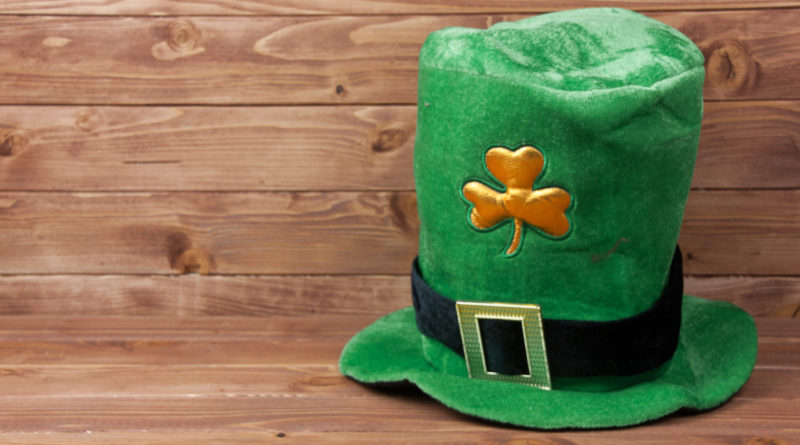Here’s How St. Patrick’s Day Became What It Is Today
1,141 total views, 1 views today
Many people associate St. Patrick’s Day with leprechauns, people dressed in almost entirely green clothes, and tons of beer drinking. But the holiday, celebrated every year on March 17th, has roots in far more than these symbols and commercialized festivities.
People in Ireland have celebrated St. Patrick’s Day for thousands of years. Saint Patrick was the first person to introduce Christianity to the Irish, even though he was not very pious in his early years. When pirates kidnapped him from his birthplace of Roman Britain and brought him to Ireland as a slave, he discovered Christianity, and he thereafter spread the religion within his new country.
When Saint Patrick died in the year 461, Ireland began a centuries-long fascination with his life. Among the legends attributed to Saint Patrick is that he used Ireland’s three-leaf clover to symbolize the Holy Trinity of the father, son, and the holy spirit.
Informal celebrations of Saint Patrick’s contributions began in Ireland during roughly the ninth or tenth century, when they took the shape of a feast not unlike those held in the modern age for Thanksgiving. However, it was here in the United States that the inescapable tradition of the St. Patrick’s Day parade began; on St. Patrick’s Day in 1762, English soldiers marched through New York with music and celebration.
From that point forward, St. Patrick’s Day parades gradually became an expected annual event. The influx of Irish immigrants arriving in America (which was not yet the United States) resulted in a wave of Irish patriotism among people new to the territory, which led to St. Patrick’s Day parades popping up all over the place. Bagpipes and drums dominated the sounds of each parade, and today, these instruments are the very standard for the average St. Patrick’s Day parade.
These events eventually converged into one massive parade, held in New York to hearken back to the 1762 parade. Held in 1848, this parade is the same one held annually today. There’s just one thing the parade might be getting wrong: Historians say that Saint Patrick preferred a color that isn’t green. Blue, apparently, was his color.
The lighter, almost baby blue shade that historians have associated with Saint Patrick can be found on ancient Irish flags. As recently as the 20th century, the flags and armbands of Irish Citizen Army soldiers would also bear this color. However, upon the 1798 Irish Rebellion, Saint Patrick’s Holy Trinity clover became seen as an Irish nationalist symbol, thereby introducing the color green as a dominant sight of all things related to St. Patrick’s Day.
Although green overtaking blue as the color most associated with St. Patrick’s Day may come as a surprise to some, it’s not as striking a modern contrast to the olden traditions as is one other part of 21st-century celebrations. When Ireland formalized its centuries-old St. Patrick’s Day celebrations in 1903, bars were entirely closed for the holiday (whereas, today, bars see some of their busiest, most profitable days on March 17th every year). In 1961, Ireland ultimately opened its bars for the holiday, but Americans had already beaten them to doing so — and perhaps that’s why we see so much beer drinking for this holiday, whose roots run far deeper than many realize.

